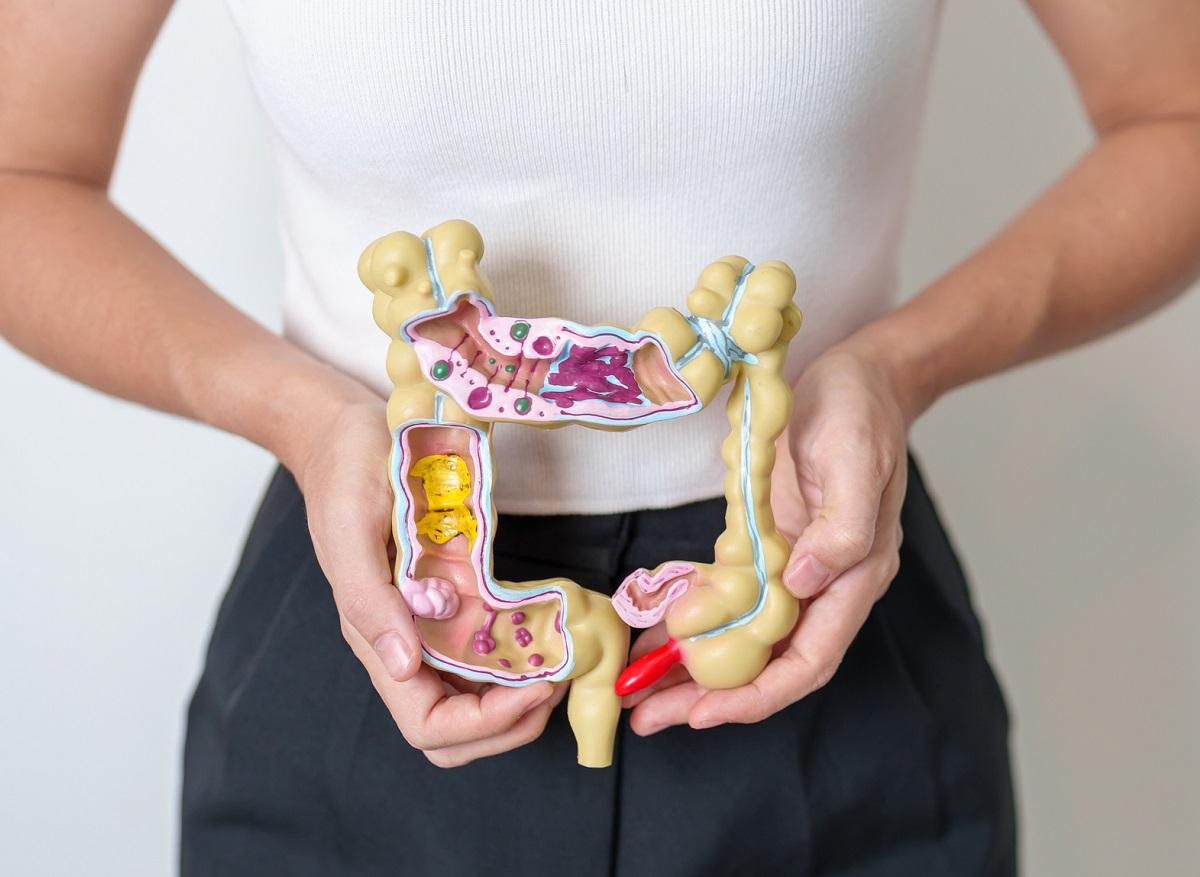Half of French patients with chronic inflammatory bowel disease (IBD) are female. Symptoms usually appear after 30 years.

Middle-aged, female and rather observant: this is the typical portrait of a patient with chronic inflammatory bowel disease (IBD). The National Medicines Safety Agency (ANSM) provides these details in the review Alimentary Pharmacology and Therapeutics. A valuable study because it shows how patients are subjected to daily difficulties. Hospitalizations, long-term treatments, surgery… This is the reality they are faced with.
Who are the patients and how do they evolve? This is the question answered by the ANSM analysis. Drawn from data from the Health Insurance, it accurately depicts the state of health of people with IBD. So far, the data was lacking.

10 years lag
Crohn’s disease and ulcerative colitis mostly affect women. Of the 220,000 identified patients, more than half are female patients. The imbalance is particularly marked in Crohn’s disease. This is also distinguished by an earlier onset of symptoms, around age 32 on average. Ulcerative colitis, on the other hand, starts at around age 41.
In addition to this decade of difference, the therapeutic approach is relatively similar. Patients mainly receive immunomodulators or immunosuppressants, as monotherapy or in combination. This choice is the result of an evolution: treatment generally begins with the prescription of corticosteroids, followed by aminosalicylated derivatives. It is only as a last resort that anti-TNFs and thiopurine are used.

Symptoms evolve
These treatments are heavy and have major side effects. This probably explains why a third of patients stop taking their medication for at least three months. Neither the hospitalizations nor the planned surgeries allow us to understand why. However, this interruption is not permanent: half of patients with Crohn’s disease and 40% of those with ulcerative colitis end up resuming their treatment. Blame it on disabling symptoms on a daily basis.
If treatment progresses, the condition may continue to deteriorate. This is particularly the case in Crohn’s disease, which is difficult to stabilize even when it is treated. Significantly more patients are hospitalized. Surgeries are also more likely to occur in this autoimmune disease. Colostomies, intestinal resections and management of complications (abscesses, infections) are on the program of interventions. But paradoxically, they are less numerous than in past data.

.

















